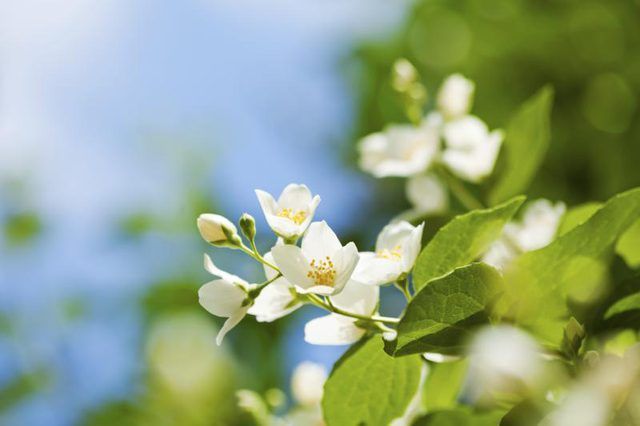Bulbs
Flower Basics
Flower Beds & Specialty Gardens
Flower Garden
Garden Furniture
Garden Gnomes
Garden Seeds
Garden Sheds
Garden Statues
Garden Tools & Supplies
Gardening Basics
Green & Organic
Groundcovers & Vines
Growing Annuals
Growing Basil
Growing Beans
Growing Berries
Growing Blueberries
Growing Cactus
Growing Corn
Growing Cotton
Growing Edibles
Growing Flowers
Growing Garlic
Growing Grapes
Growing Grass
Growing Herbs
Growing Jasmine
Growing Mint
Growing Mushrooms
Orchids
Growing Peanuts
Growing Perennials
Growing Plants
Growing Rosemary
Growing Roses
Growing Strawberries
Growing Sunflowers
Growing Thyme
Growing Tomatoes
Growing Tulips
Growing Vegetables
Herb Basics
Herb Garden
Indoor Growing
Landscaping Basics
Landscaping Patios
Landscaping Plants
Landscaping Shrubs
Landscaping Trees
Landscaping Walks & Pathways
Lawn Basics
Lawn Maintenance
Lawn Mowers
Lawn Ornaments
Lawn Planting
Lawn Tools
Outdoor Growing
Overall Landscape Planning
Pests, Weeds & Problems
Plant Basics
Rock Garden
Rose Garden
Shrubs
Soil
Specialty Gardens
Trees
Vegetable Garden
Yard Maintenance
Jasmine Flower Information
Jasmine Flower Information. Many flowers and plants through different genera claim "jasmine" as their common names, leading to a bit of confusion. True jasmines belong to the genus Jasminum, which contains more than 200 species of shrubs and vines. Many boast star-shaped, fragrant flowers, but not all.

Many flowers and plants through different genera claim "jasmine" as their common names, leading to a bit of confusion. True jasmines belong to the genus Jasminum, which contains more than 200 species of shrubs and vines. Many boast star-shaped, fragrant flowers, but not all.
Common Jasminum Species
A few species of true jasmines decorate landscapes throughout the warmer climates in the United States -- most are hardy in U.S. Department of Agriculture plant hardiness zones 7 through 10. Commonly seen species include common white jasmine (Jasminum officinale); winter jasmine (Jasminum nudiflorum), which grows in USDA zones 6 through 10; and showy jasmine (Jasminum floridum), which grows in USDA zones 8 through 10. A look through an online plant catalog or large nursery may yield a few other Jasminum species to plant in your garden.
Trachelospermum Species
Two common landscape plants that go by the name jasmine actually belong to the genus Trachelospermum. Star jasmine (Trachelospermum jasminoides), also known as confederate jasmine, presents small clusters of creamy white, fragrant blooms and grows in USDA zones 8 through 10. Asian star jasmine (Trachelospermum asiaticum) grows in USDA zones 7 through 11. This species looks similar to star jasmine, although it performs well as a ground cover throughout its range.
Bloom Times
With several species making their ways into nurseries and landscapes, jasmines come with a variety of bloom types. Common jasmine's flowers grow up to 1 inch in diameter and range from white to pale pink; they cover the shrub throughout summer into fall. Winter jasmine's 1-inch yellow flowers cover the shrub before the leaves unfold. Star jasmine's white flowers appear in small clusters in late spring, lasting one to two months.
Sweetly Scented
Most homeowners value the sweet and strong fragrance put off by jasmine blooms. Not all jasmine species are fragrant, however. Common jasmine, star jasmine and Asiatic jasmine all have sweetly scented blooms; showy and winter jasmine, however, do not.
Fragrant jasmine's strong and beloved scent has made it a common ingredient in perfumes; the essential oil of jasmine creates a strong, pleasant fragrance for home or body.
The fragrance of common jasmine will scent an entire room indoors and create a pleasant scent outside in the garden.
Wildlife Attractant
Showy flowers and sweet fragrance may come to mind when you think of jasmine, but these plants offer additional benefits, as well. Several of these plants, both Jasminum and Trachelospermum species, attract wildlife. Common jasmine, for example, attracts butterflies and hummingbirds. Star jasmine's clusters of flowers attract bees and, on occasion, grazing rabbits.